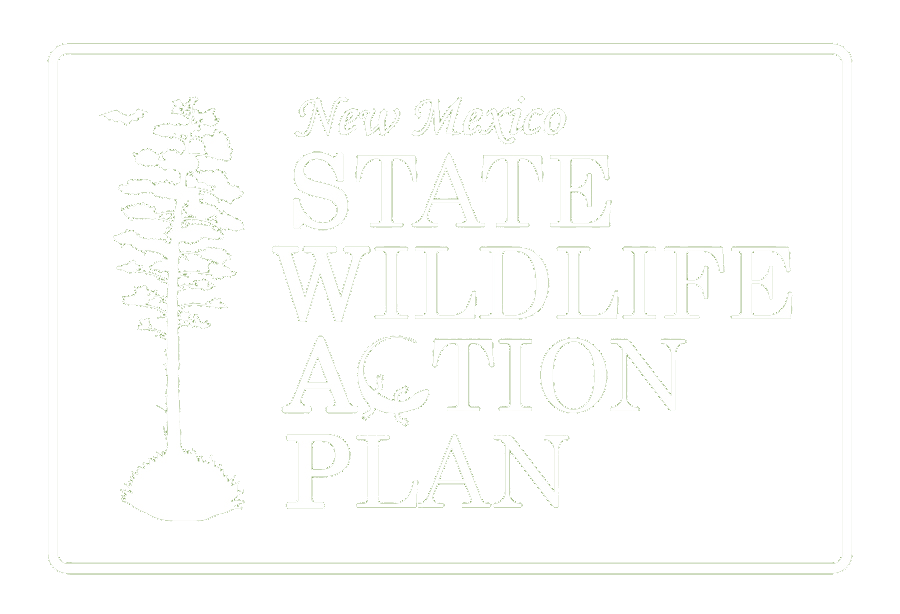
SWAP Habitat
Rocky Mountain Alpine Vegetation
NVC Name
Rocky Mountain & Sierran Alpine Scrub, Forb Meadow & Grassland (M099)
SWAP General Vegetation Type
ALPINE and MONTANE VEGETATION
Rocky Mountain Alpine Vegetation [M099] occurs at and above timberline in the Southern Rocky Mountains ecoregion. Vegetation ranges from sparse cushion plants to dense turf or dwarf-shrublands. Most fell-field plants are cushioned or matted, succulent, flat to the ground in rosettes, densely haired, and thickly cutinized. Plant cover in fell-fields is 15-50%; exposed rocks with crustose lichens make up the rest. Fell-fields usually are found within or adjacent to alpine dry turf. Common dry turf species include Ross’ avens (Geum rossii), bog sedges (Kobresia spp.), alpine clover (Trifolium dasyphyllum), curly sedge (Carex rupestris), and Drummond’s rush (Juncus drummondii). Dwarf-shrublands are characterized by a semi-continuous layer of ericaceous dwarf-shrubs or dwarf willows less than 0.5 m (1.6 ft) in height with dense tufts of graminoids and scattered forbs.
Wind and its movement of snow has a strong local effect, producing wind-scoured fell-fields, dry turf, snow accumulation heath communities, and short growing season snowbed sites. Fell-fields are typically free of snow during the winter as they are found on ridgetops, upper slopes, and exposed saddles, whereas dry turf is found on gentle to moderate slopes, flat ridges, valleys, and basins where the soil has become relatively stabilized and the water supply is more-or-less constant. Dwarf-shrubland sites tend to be in level or concave areas; water needs are met with late-melting snow and subirrigation from surrounding slopes.
Species that live in Rocky Mountain Alpine Vegetation
Threats and Conservation Actions
More information from
US National Vegetation Classification
